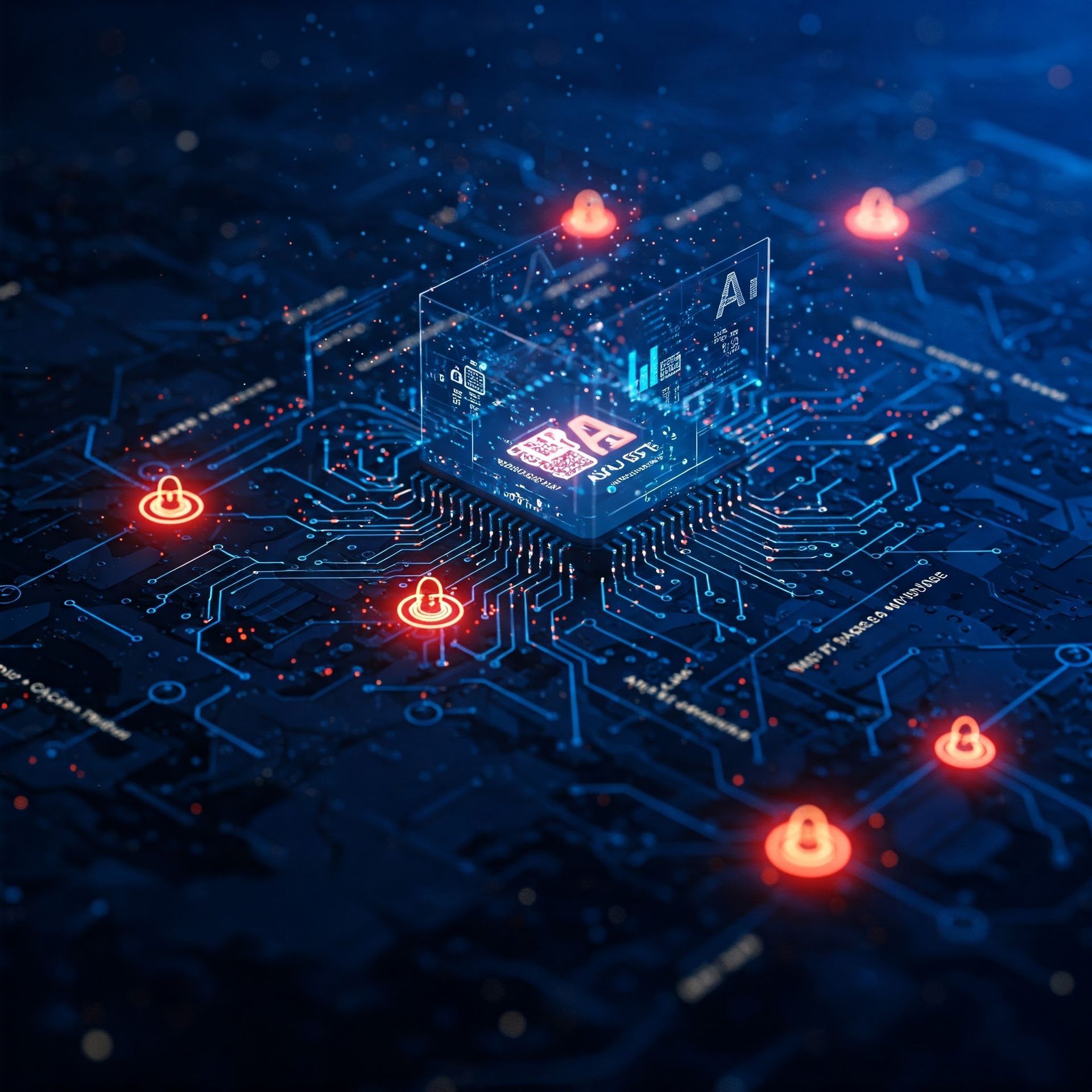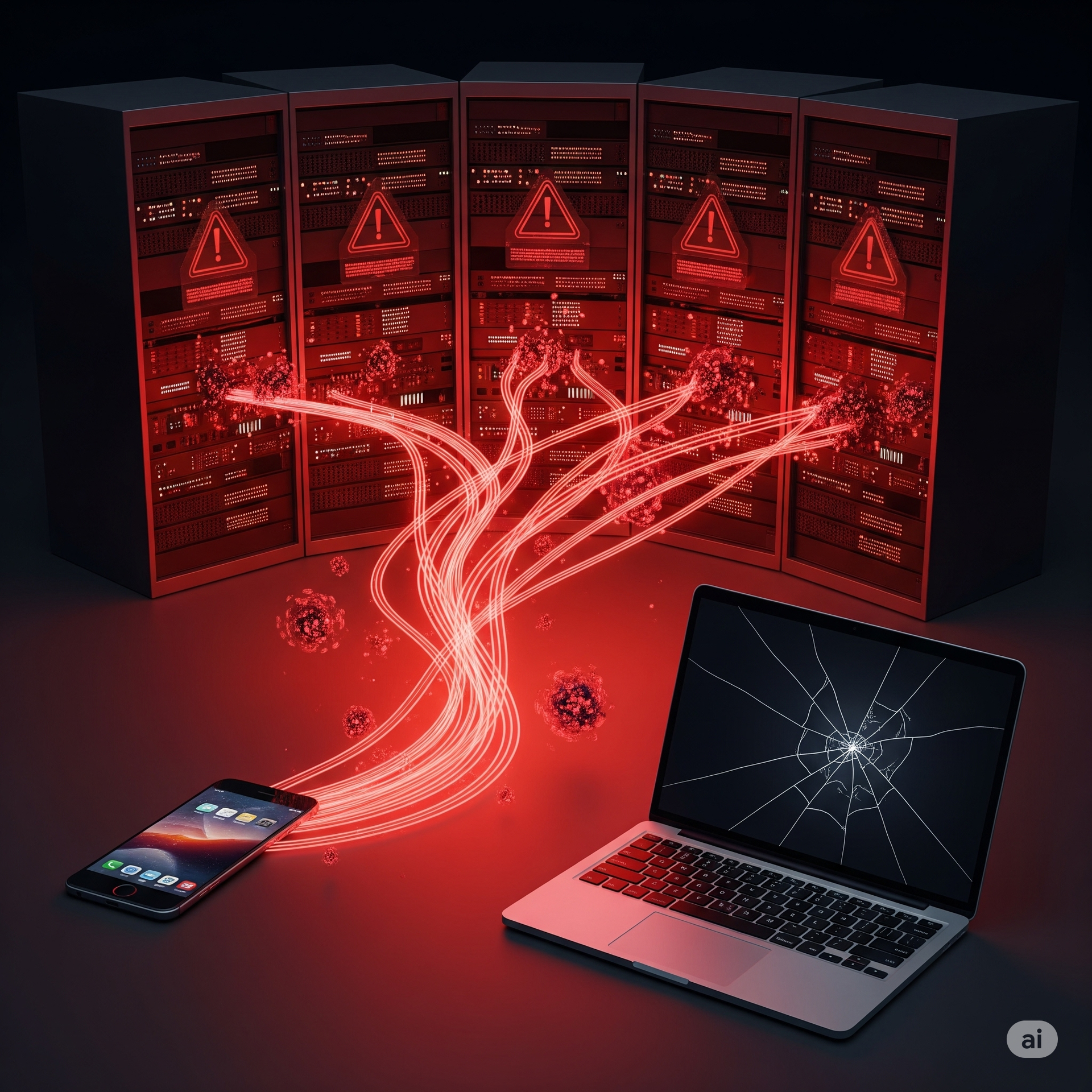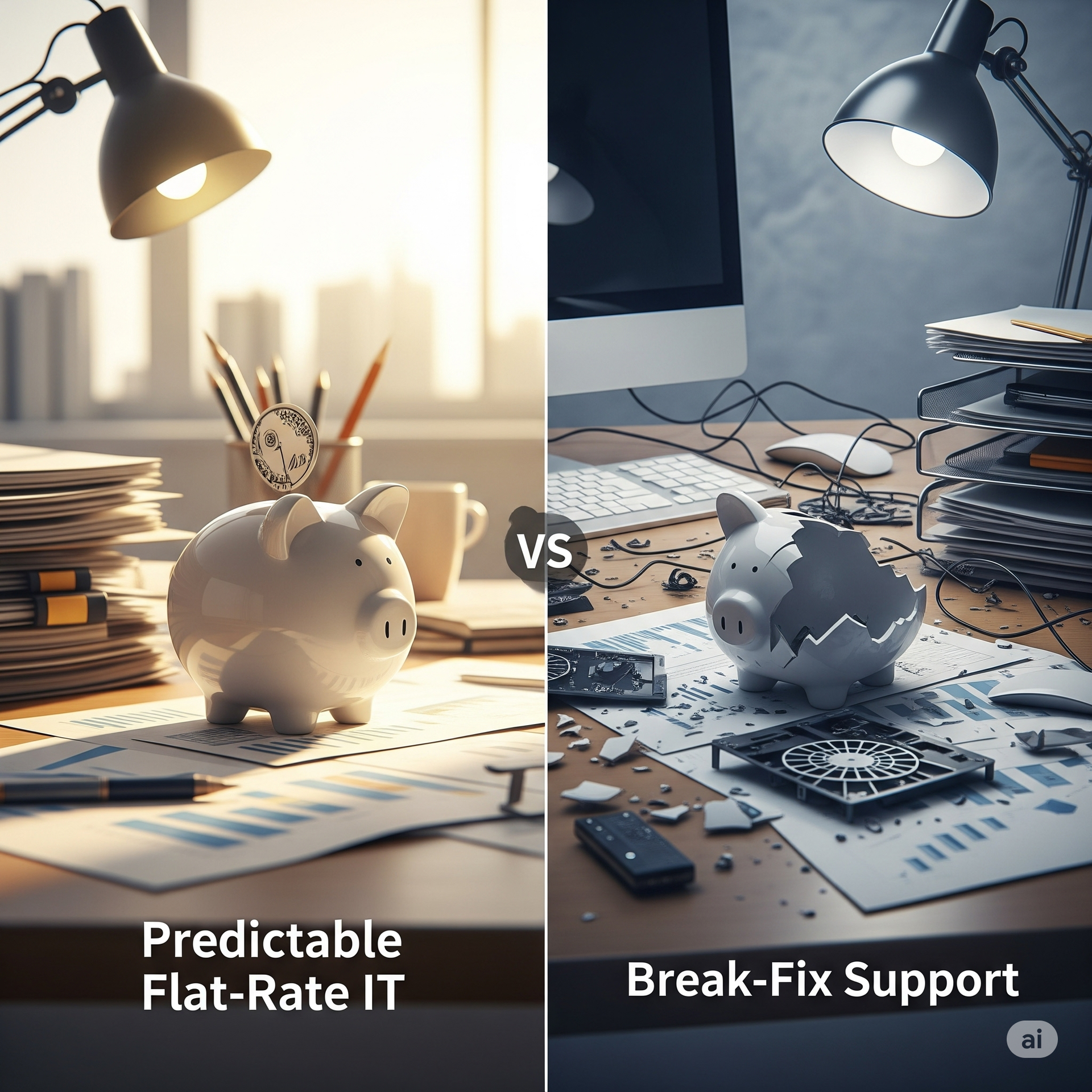AI in Cybersecurity Enhancing Threat Detection and Response Capabilities
AI in Cybersecurity Enhancing Threat Detection and Response Capabilities

The Integration of AI in Cybersecurity
In recent years, the integration of Artificial Intelligence (AI) into cybersecurity has revolutionized how businesses approach threat detection and response. With the increasing complexity and frequency of cyberattacks, traditional security measures are often insufficient. AI offers the adaptive and scalable solutions needed to combat sophisticated threats. By leveraging machine learning algorithms and data analytics, AI can identify patterns and anomalies in network behavior that may indicate a security breach. Unlike human-only solutions, AI systems can process vast amounts of data in real-time, enabling the rapid identification of potential threats. This not only reduces the time taken to detect threats but also minimizes the window of vulnerability. As cyber threats continue to evolve, AI tools learn and improve, continuously updating their threat detection models to counter new tactics. Businesses that integrate AI into their cybersecurity infrastructure can stay one step ahead of cybercriminals, thereby reducing the risk of breaches and ensuring more robust protection for their sensitive data.
Advantages of AI-Powered Threat Detection
The advantages of using AI for threat detection are numerous and significant. One of the most compelling benefits is the ability to automate the detection process, freeing cybersecurity personnel to focus on more strategic tasks. AI systems can monitor network traffic 24/7, providing continuous protection without fatigue or human error. These systems are adept at recognizing even the slightest deviations from normal behavior, which may go unnoticed by a human observer. Furthermore, AI enhances the speed and accuracy of threat detection. This is crucial, as the sooner a threat is identified, the quicker it can be addressed, thereby reducing potential damage. AI solutions also offer scalability, growing with the business and adapting to new threats as they arise. Moreover, AI contributes to threat intelligence by gathering and analyzing large datasets to predict and prevent future attacks. This predictive capability is essential for businesses looking to avoid the costly consequences of a security breach.
Enhancing Response Capabilities with AI
- AI not only excels in threat detection but also significantly enhances response capabilities.
- Automated response systems can instantly apply necessary measures, such as quarantining infected systems or blocking malicious IP addresses.
- This rapid response is crucial in minimizing the impact of cyber incidents.
- AI systems can prioritize threats based on severity, ensuring that the most critical issues are addressed first.
- With AI-assisted response strategies, businesses can reduce response times from hours to seconds, drastically mitigating potential harm.
- These systems also provide valuable insights and recommendations for future threat prevention and response improvements.
The Role of AI in Future Cybersecurity Strategies
As cyber threats continue to grow in complexity, the role of AI in cybersecurity strategies will become increasingly central. Future developments in AI technology promise even more sophisticated tools for identifying, preventing, and responding to cyber threats. These advancements are expected to focus on enhancing the precision and accuracy of threat detection and automating more complex response tasks. Moreover, AI’s capacity for real-time learning will play a vital role in adapting to the ever-evolving landscape of cyber threats. Businesses must integrate AI into their cybersecurity frameworks to maintain resilience against future attacks. Those who do not risk falling behind and becoming vulnerable to increasingly advanced threats. By embracing AI, businesses can ensure they have the most up-to-date defenses and remain a step ahead of cybercriminals. The integration of AI into cybersecurity is not just an upgrade but a necessary evolution that will define the future of secure digital environments.
Conclusion: AI as a Transformative Force in Cybersecurity
AI is undoubtedly a transformative force in the realm of cybersecurity. Its ability to process and analyze vast datasets with astounding speed and accuracy has set a new standard for threat detection and response. While there are challenges in adopting AI, such as potential issues with initial implementation and the need for ongoing training and resources, the benefits far outweigh the drawbacks. Businesses that harness the power of AI in their cybersecurity strategies are better positioned to protect themselves against current and future threats. As AI technologies continue to develop, they will further close the gap between threats and responses, providing stronger and more reliable security measures. Organizations must prioritize integrating AI tools into their cybersecurity plans to ensure ongoing protection and competitive advantage. Harnessing AI's potential is key to not only surviving but thriving, in a digital world fraught with sophisticated cyber threats.
HCS Technical Services











